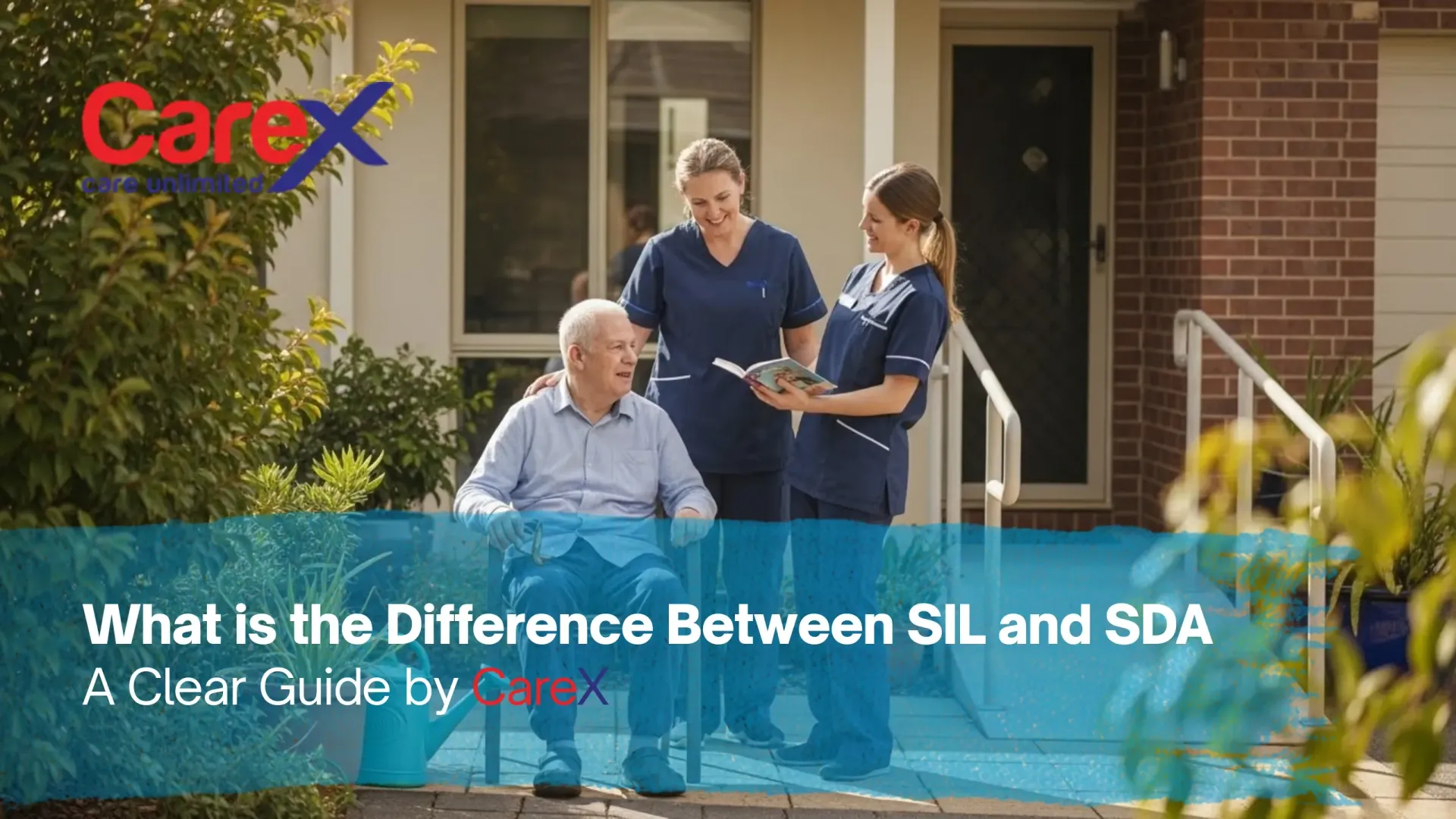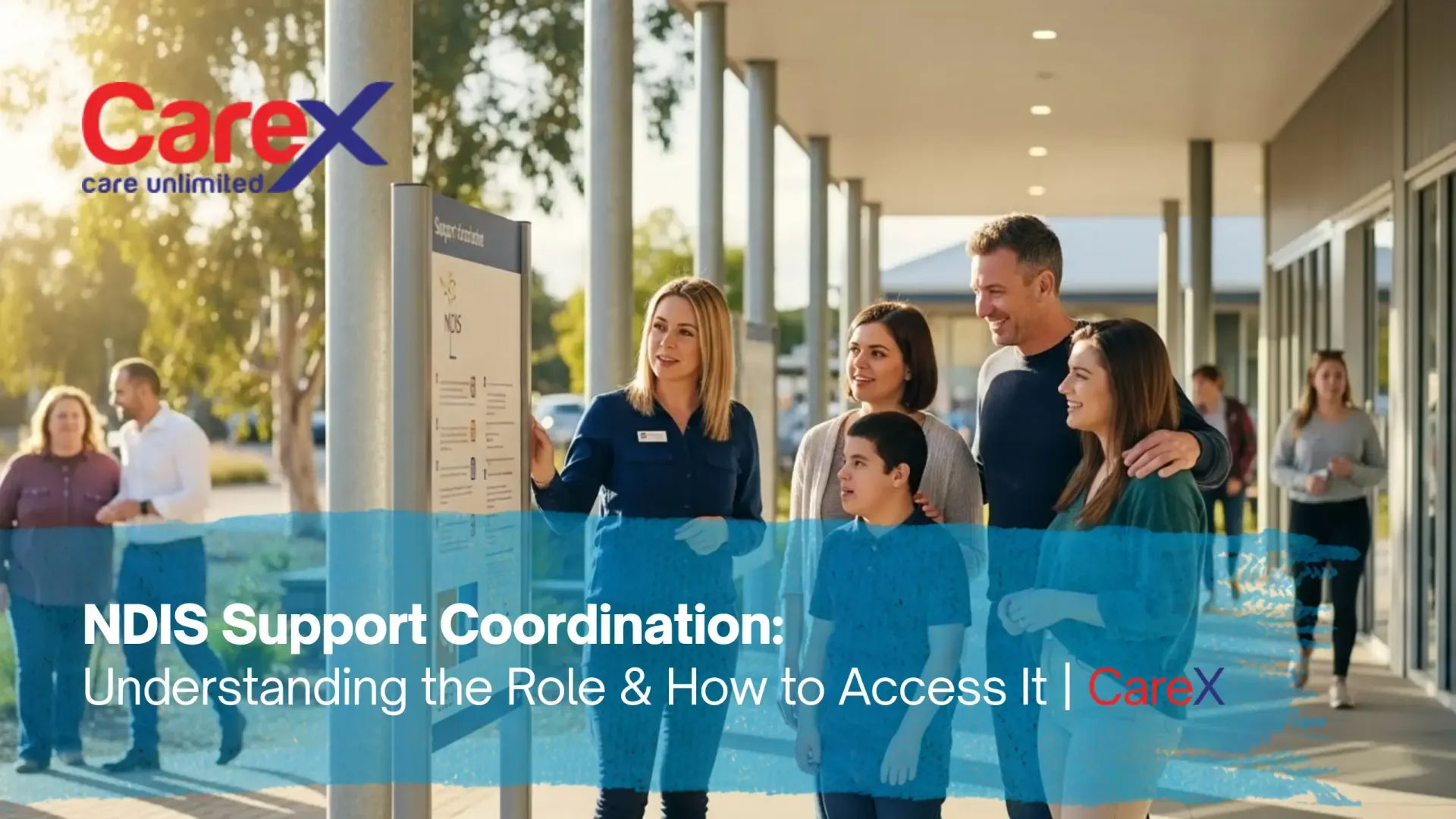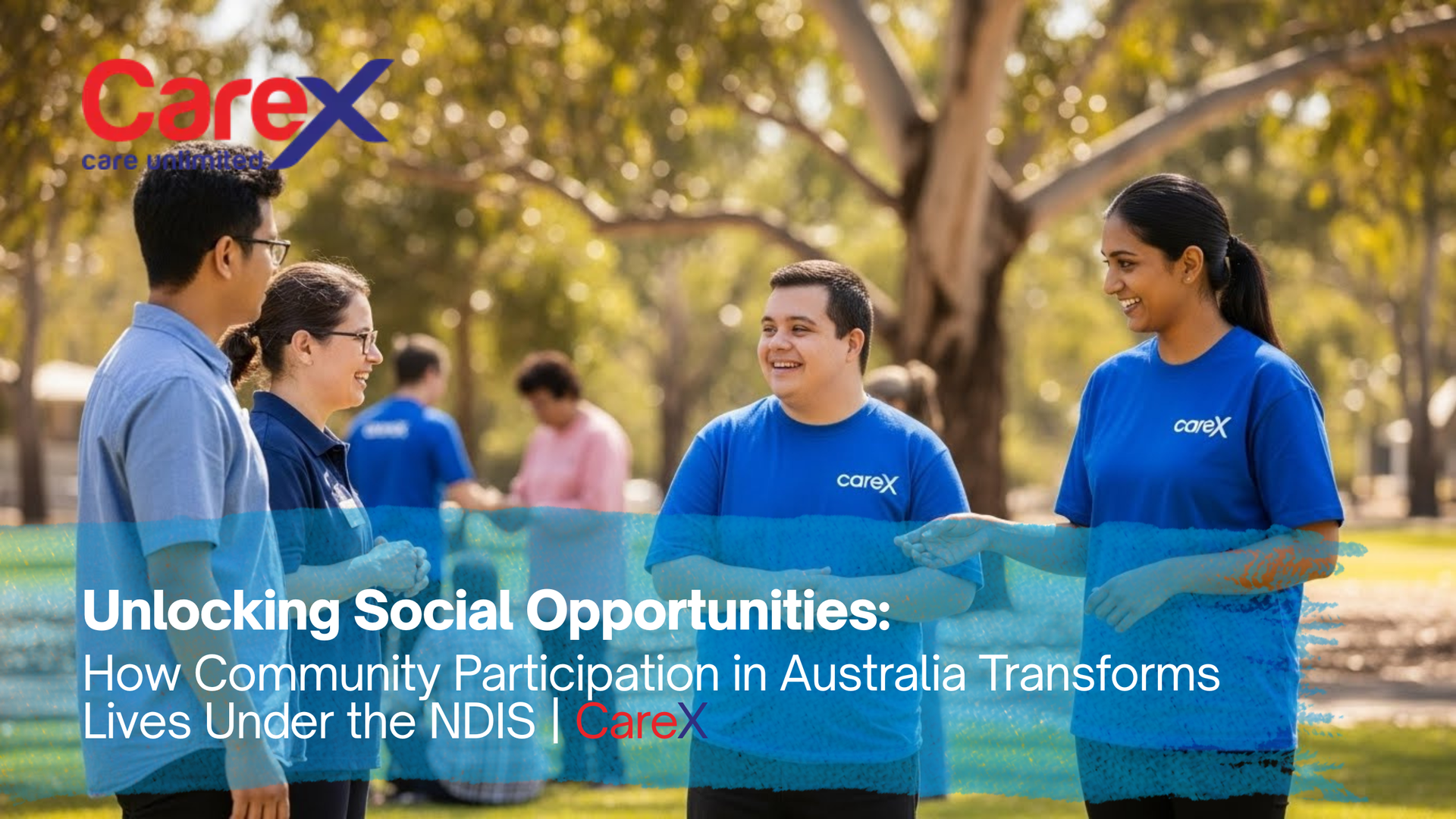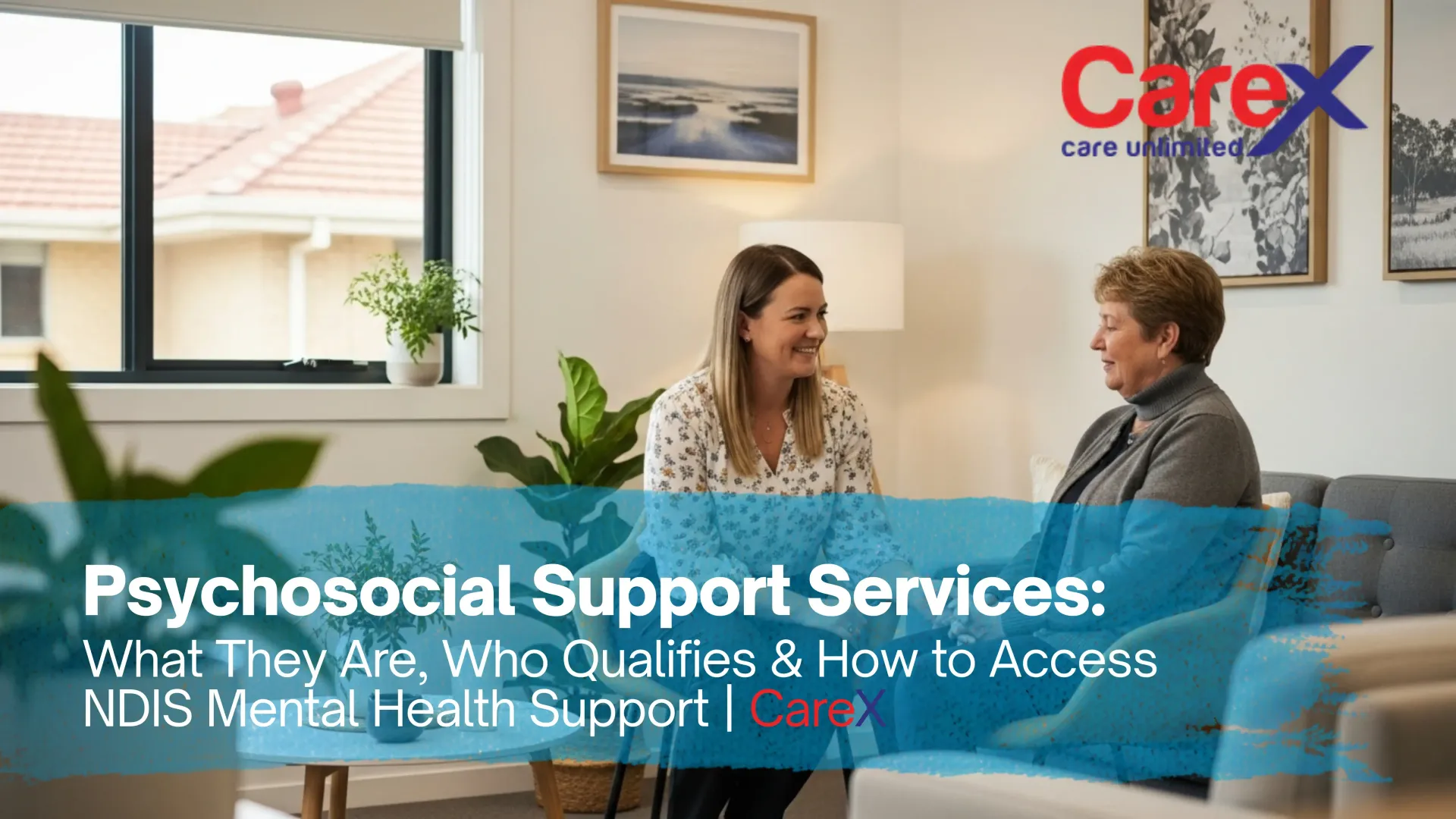BLOG
Community Nursing Care: Falls Prevention in Aged Care
“Leaves are meant to fall. People aren’t.”
As we age, changes in our balance, coordination and physical strength can increase our risk of falling. Unfortunately, falls remain the leading cause of hospitalisation for older Australians, and they pose serious threats to health, mobility, and quality of life.
According to Australian data, around 30% of people aged over 65 will experience a fall each year, with falls responsible for over one-third of injury-related deaths in this age group. While these statistics are concerning, the good news is that falls are largely preventable with the right strategies in place.
At CareX, we believe in proactive care. Our approach to
community nursing care focuses on preventing incidents before they happen, offering practical, compassionate support through a combination of nursing services, aged care support, and home-based care plans.
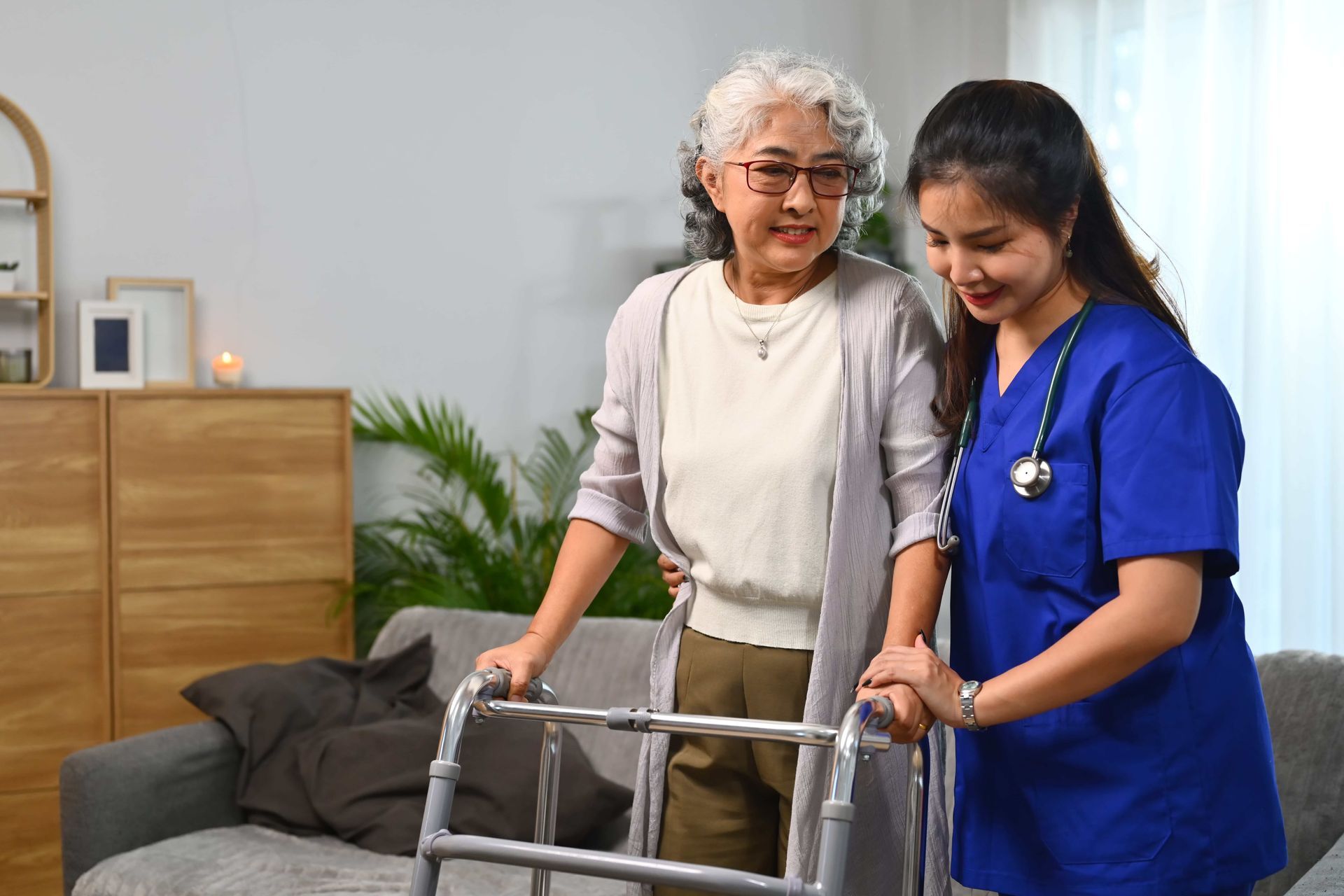
Six Falls Prevention Strategies in Community Nursing Care
Whether someone is receiving care at home or in a residential aged care facility, the risk factors for falling are often similar—and preventable. Here are six evidence-based strategies we use at CareX to help reduce falls among older Australians:
1. Supporting Mobility Through Regular Exercise
Maintaining strength and movement is crucial. Regular, low-impact exercise helps improve coordination, stability, and muscle tone. Research shows that regular physical activity can reduce the risk of falls by up to 23%.
Our care team works with clients to develop safe and personalised exercise routines, which may include:
- Functional strength training
- Balance exercises
- Guided physiotherapy sessions
The recommendation is at least 150 minutes of exercise per week, tailored to suit the individual's ability and condition.
2. Assessing Feet and Footwear
Foot health plays a major role in maintaining balance. Ill-fitting shoes or underlying foot conditions can significantly increase the risk of falls.
From our experience, CareX assess foot issues and recommend safe, supportive footwear. The best choices include:
- Shoes with thin, firm soles and good tread
- Lace-up or Velcro fastenings
- Low, wide heels
- Proper ankle support
Avoid wearing high heels, slip-ons, sandals, slippers, or socks—these are commonly linked to increased fall risk in older adults.
3. Managing Dizziness and Balance Issues
Dizziness and vertigo are common, especially in older people, and can seriously affect balance. Symptoms include:
- Spinning sensations (vertigo)
- Feeling light-headed or faint
- Unsteadiness or wobbliness
- A sense of floating or “heavy-headedness”
Our nursing services ensure that these symptoms are never ignored. If someone is experiencing frequent dizziness, it may point to an underlying condition and should be assessed by a medical professional. Proper diagnosis and treatment can help prevent serious falls.
4. Reviewing Medications
Many older people rely on medication to manage chronic conditions, but some medications can increase fall risk due to side effects like drowsiness or dizziness—especially when multiple medications are being taken.
At CareX, we recommend that medications be reviewed annually by a pharmacist or GP. These reviews help:
- Identify potential interactions or side effects
- Adjust dosages if necessary
- Reduce the number of unnecessary medications
This simple but effective step can make a significant difference in preventing avoidable falls.
5. Screening Vision Regularly
Vision changes are a normal part of ageing, but they can greatly affect spatial awareness and the ability to spot obstacles.
Common eye conditions include:
- Cataracts – treatable and often reversible
- Glaucoma – may reduce side (peripheral) vision
- Macular degeneration – affects central vision and balance
Routine eye checks by optometrists or ophthalmologists can identify these issues early. Regular screenings are vital for adjusting care plans and minimising fall risks.
6. Assessing the Living Environment
Unsafe living environments contribute significantly to fall-related injuries. At CareX, our in-home support services include identifying hazards at home and recommending modifications.
Examples of common improvements:
- Removing clutter and trip hazards
- Installing handrails and grab bars
- Improving lighting indoors and outdoors
- Using non-slip flooring, especially in wet areas
- Rearranging furniture for better accessibility
- Regular cleaning of spills or slippery surfaces
We also try to assess each person’s mobility level, daily activities, and cognitive function to ensure the home environment supports safe, independent living.
CareX: Your Partner in Community Nursing Care
Falls can have life-changing consequences, but the risk can be dramatically reduced with proactive care. At CareX, we are committed to delivering expert community nursing care that focuses on prevention, safety, and dignity for older Australians.
By combining smart strategies, personalised care, and support from our trusted team, we help individuals live confidently and independently.
Let’s Keep Our Loved Ones Safe
Contact CareX, your trusted in-home aged care provider, and learn how our tailored services can help improve quality of life and reduce fall risk.
📞 Call us today | 💬 Speak with our care team | 🌐 Visit our website


